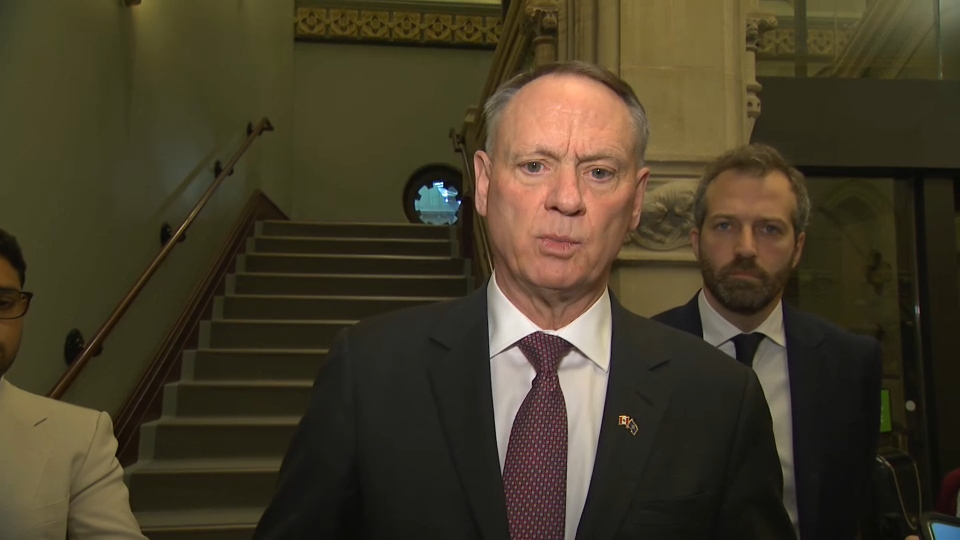No. National defence is national defence, we’re just unaccustomed to having to do anything in an armed capacity with CAF within Canada. Historically, in living memory, it has always been in aid of the civil power, but that’s because the scope and nature of the threats have remained within what that civil power, suitably augmented, can deal with.
I’m not equipped to say what a ‘defence-led’ security operation in Canada would look like at senior governmental levels, but if it’s a case of throwing big-picture CAF kinetically at a sustained and geographically entrenched threat on our soil, that’s something that would exceed any precedent in living memory.
"Public safety" as a general phrase is too broad, like "public welfare", and in peril of overuse to fit parochial agendas. A statutory definition is needed to firmly limit scope. What would that be?
Just going to DFO was major disruption as DFO was a "enforcement agency" and CCG saw themselves more as a "fireman" who does construction. Working on a buoytender is much more like working on a construction barge.
...
If I consider the period 1867 to 1914 I see a lot less distinction between maintenance of the peace and war fighting.
Policing was largely a municipal or corporate responsibility. CN and CP come to mind.
The Mounties were originally a paramilitary force organized to manage people that recognized the Crown (Brits and Canadians) and those that didn't (Americans, First Nations and Criminals). They were prepared to fight with both warrants and 9 pounders.
The Militia was called out to assist them when necessary, often to suppress strikes and demonstrations. That usage continued until the 1930s.
The Marine Service of Canada was similarly armed to the Mounties and similarly charged with constabulary and military duties.
In my view both the Mounties and the Marine Service most closely resembled the paramilitary Gendarmeries of Europe. Perhaps there is some merit to the Gendarmerie Royale du Canada label. Although the Northwest Mounted Police / Royal Canadian Mounted Police was contemporaneous to the Royal Irish Constabulary, the South African Constabulary and the British South Africa Police. I could cite a number of other colonial constabularies that danced the line between civil and military. They continued a longstanding tradition that, at least in Britain, involved dragoons patrolling the coasts and countryside imposing order.
In those days it was hard to differentiate between government forces and outlaw forces because both sides were often similarly armed and equipped. And mercenaries abounded.
....
The clear distinction between military and civil forces, military and civil actions, is largely, from what I can see, a function of the post WW2 order.
There are currently some 200 recognized states that have been granted sovereign use of lethal force within defined borders. There are very few places that are not defined by those borders.
In 1947 a lot of those borders didn't exist in the same sense. In many cases the borders were administrative borders with the same regime on both sides. In other cases, especially in areas with strong nomad traditions no borders were recognized outside of city walls.
....
Our newly developing world looks an awful lot like the ancient world.
...
My biggest problem is that those paramilitary dragoons, like the Northwest Mounted Police and the Royal Irish Constabulary, look a lot like the "standing armies" that the Brits rebelled against and rejected in the 1600s and their descendants in America rebelled against and rejected in the 1700s.
Standing armies of paramilitaries might be an efficient way to govern but they do seem to be at odds with the values of classical liberalism.


